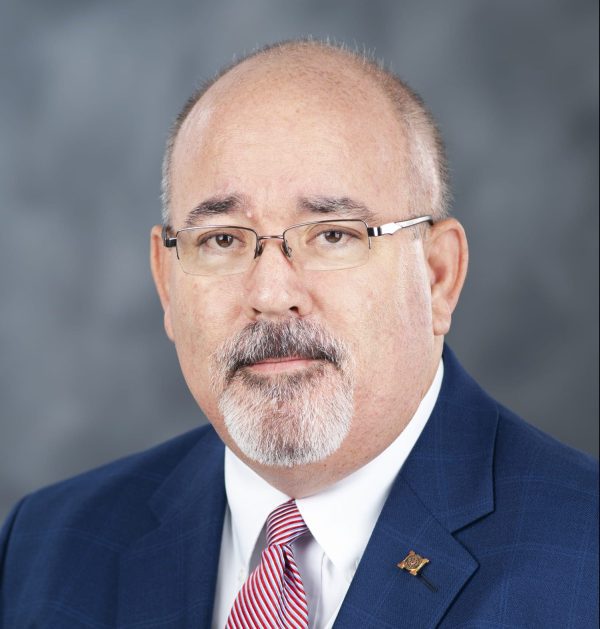
Sid Salter
- Columnist Sid Salter writes that Mississippi, like the other 49 states, faces some challenging decisions in the face of the legislation on public health issues.
Much of the public debate of the so-called “One Big Beautiful Bill Act (OBBBA) that President Donald Trump signed into law on July 4 focused on impacts on Medicaid and the food and nutrition programs like the Supplemental Nutrition Assistance Program (food stamps) in poor rural states like Mississippi.
A summary of the massive 870-page bill by the Association of State and Territorial Health Officials offered this assessment: “The Congressional Budget Office estimates the bill’s health provisions will result in 11.8 million people losing health coverage by 2034.”
ASTHO analysts suggest that states will feel the impacts of the bill in increased Medicaid coverage loss for work requirement noncompliance, Medicaid eligibility changes, and limits on coverage of noncitizens. The group also forecasts impacts on the ability of states to fund the state share of Medicaid in the face of decreased federal funding for state Medicaid programs.
However, contained in the ASTHO summary is a provision not included in the initial House-passed OBBBA. The Senate added a provision called the Rural Health Transformation Program as a hedge against fears that Medicaid cuts would harm the nation’s rural hospitals.
Republican holdouts in the U.S. Senate, led by Sens. Lisa Murkowski (R-AK) and Susan Collins (R-ME), inserted the provision to establish a $50 billion fund to support the delivery of health care in rural communities to mitigate the Medicaid cuts.
The Rural Health Transformation Program provides $10 billion to states for each of the fiscal years 2026 through 2030, for a total of $50 billion in state grants over five years. For each of these fiscal years, 50% of program funds will be equally divided among the 50 states, but the Centers for Medicare and Medicaid Services (CMS) is given discretion as to the amount each state receives from the other 50% of total funds.
The Kaiser Family Foundation analysis of the RHTP hits a pertinent fact: “The $50 billion in new funding could offset about a third of the estimated cuts to federal Medicaid spending in rural areas ($155 billion over ten years) based on KFF analysis of CBO’s preliminary estimates, or about 5% of the total estimated cuts to federal Medicaid spending ($1 trillion over ten years).
RHTP is certainly no true offset for the Medicaid cuts, but it provides the state with a significant tool to lessen the impact of the overall public health care cuts. While CMS has discretion over the first 50% of the funds each year, the states likewise are granted discretion to use the funds for a wide range of purposes.
To maximize the impact of this program for the state’s beleaguered rural hospitals, Mississippi lawmakers and the Mississippi State Health Department must formulate a program that meets at least three of the 10 purposes dictated by the bill.
Of the stated purposes, three seem best suited to addressing Mississippi’s rural health care deficiencies:
A). Providing payments to health care providers for the provision of health care items or services, as specified by the CMS Administrator.
B). Assisting rural communities to right-size their health care delivery systems by identifying needed preventative, ambulatory, pre-hospital, emergency, acute inpatient care, outpatient care, and post-acute care service lines.
C). Supporting access to opioid use disorder treatment services, other substance use disorder treatment services, and mental health services.
Mississippi, like the other 49 states, faces some challenging decisions in the face of the legislation on public health issues. The act passed by federal lawmakers, in great measure, leaves state lawmakers holding the bag.
That is to say, with the federal government cutting Medicaid spending, the state will have to adjust state budgets accordingly, and that means deciding on the scope, availability and quality of health care moving forward for the state’s existing Medicaid patients – and the alternatives for those who will lose their present Medicaid coverage.
What do the rural hospitals think of the plan? Alan Morgan, CEO of the National Rural Hospital Association, said: “NRHA is extremely concerned by the Senate’s cuts to provider taxes and state-directed payments, which directly support rural providers and facilities. Further, (we) are concerned that the Rural Health Transformation Program, dedicated to offsetting the Medicaid cuts on rural communities, will fall short of addressing the other provisions in this legislation.”







